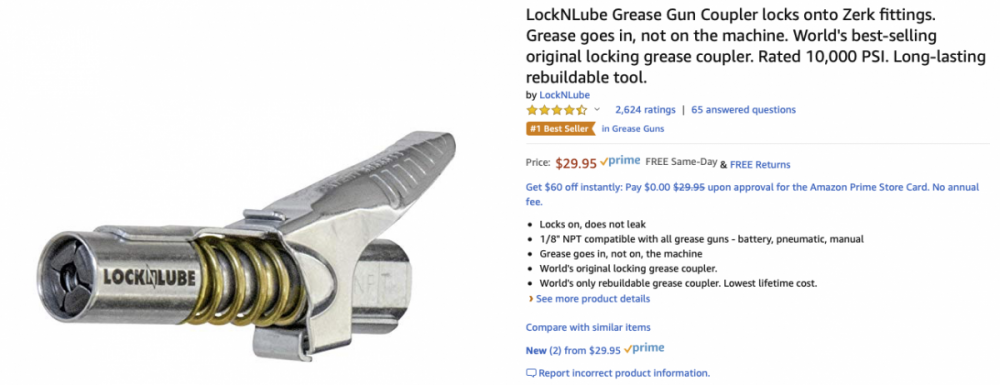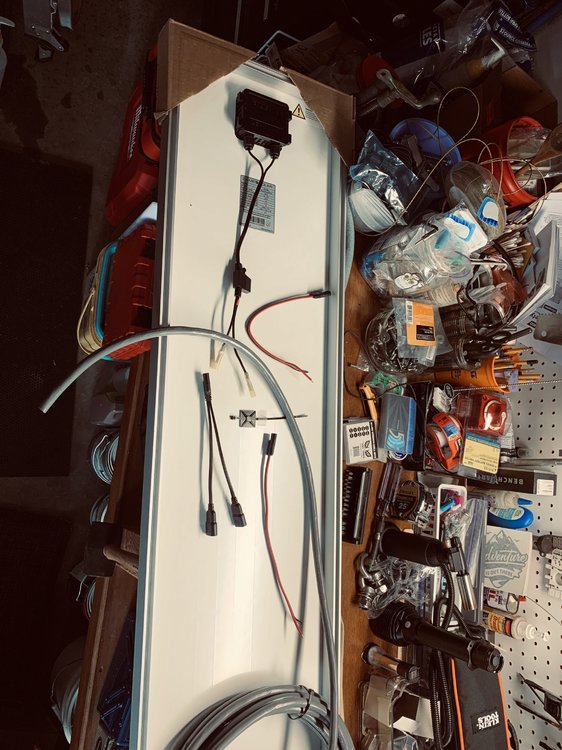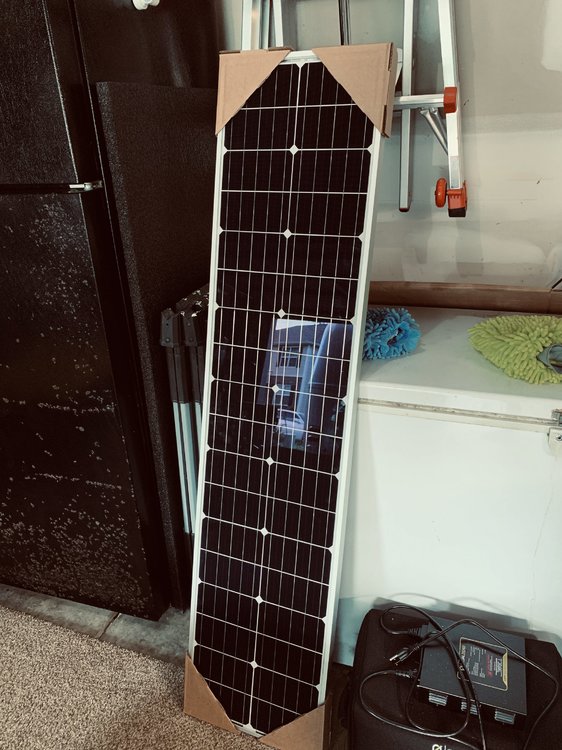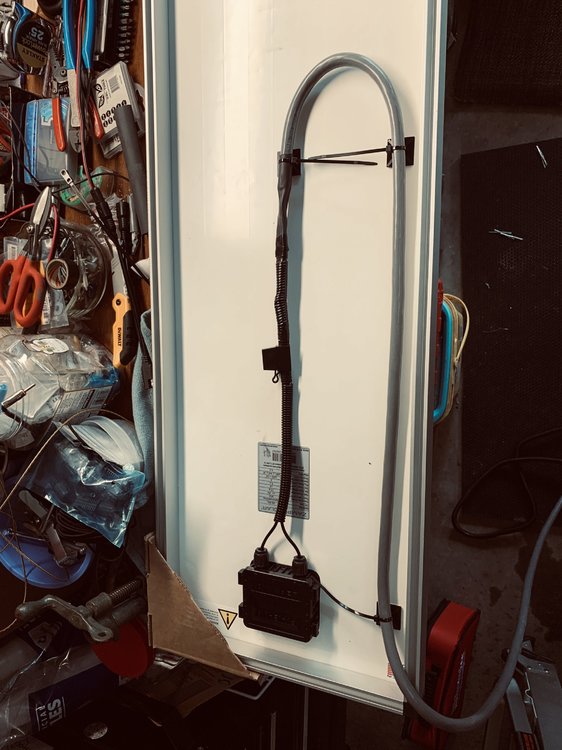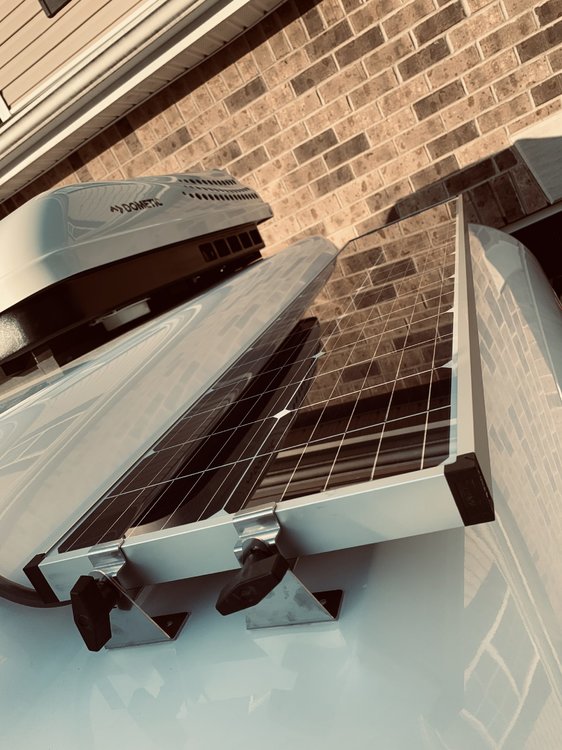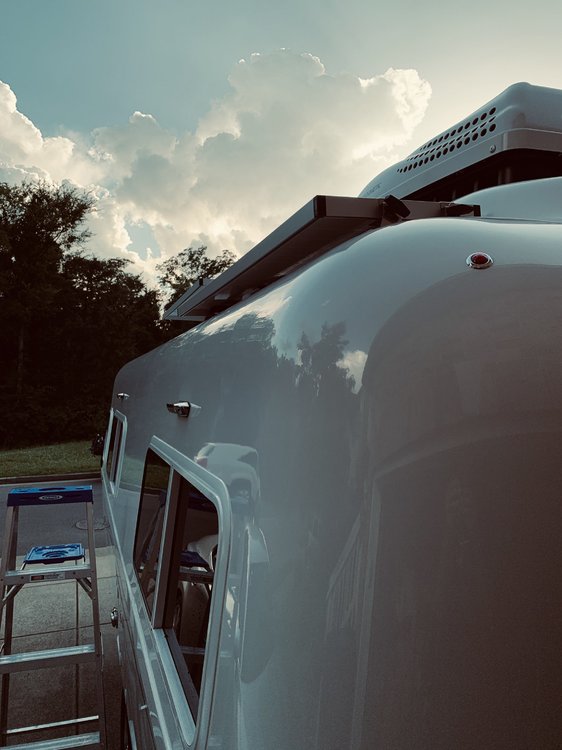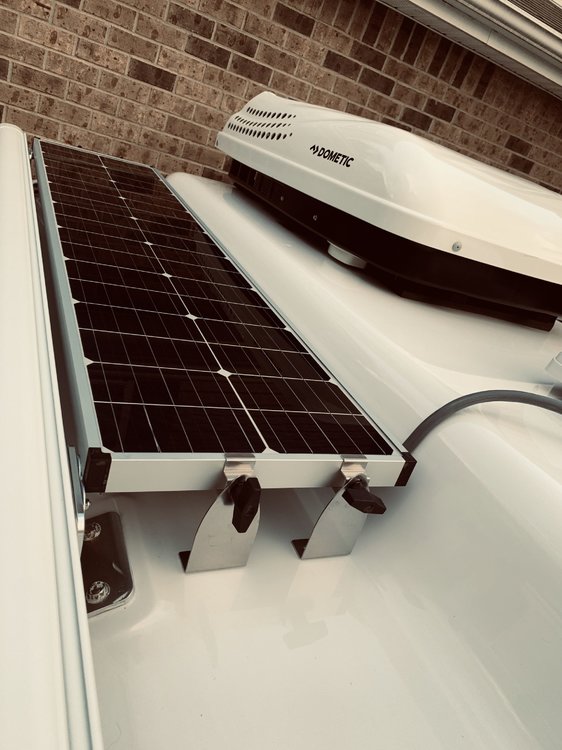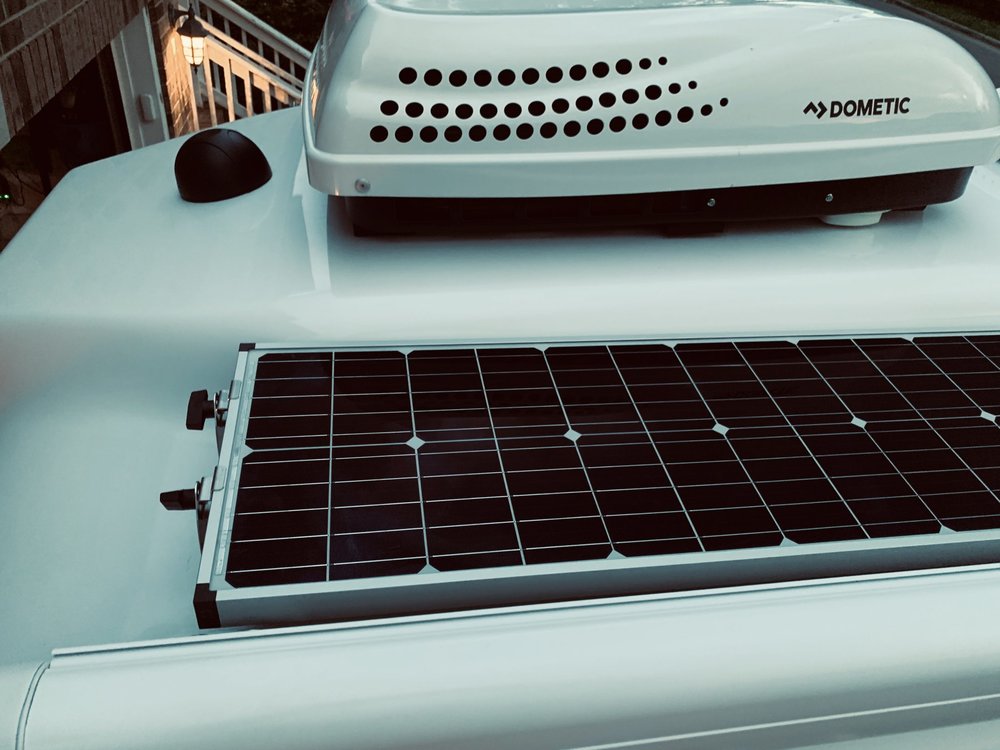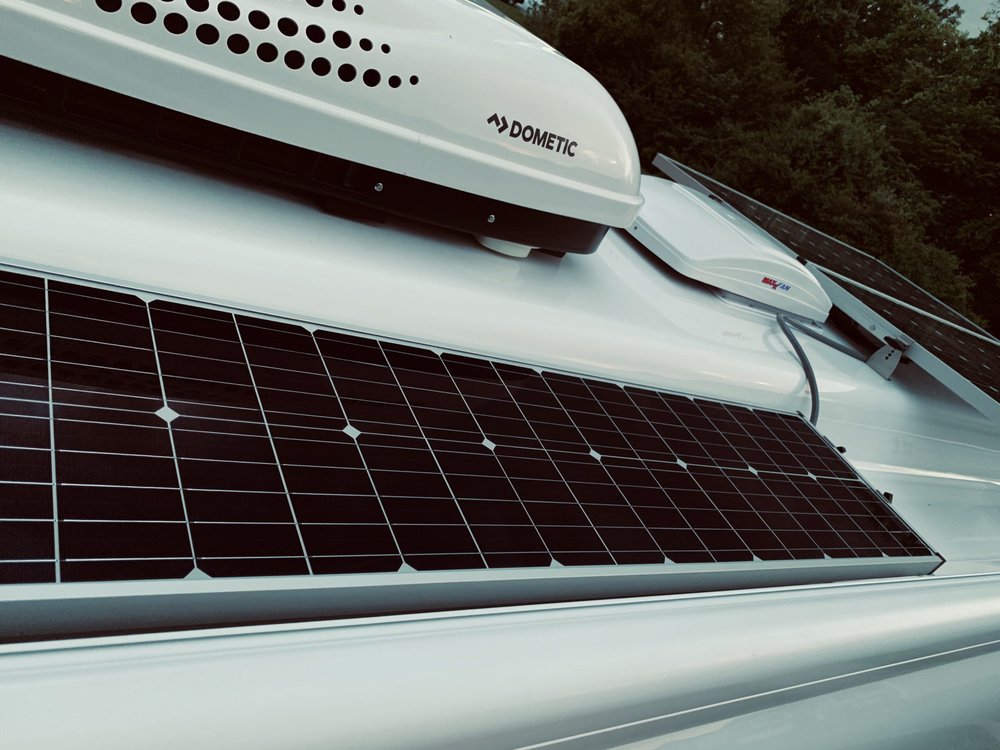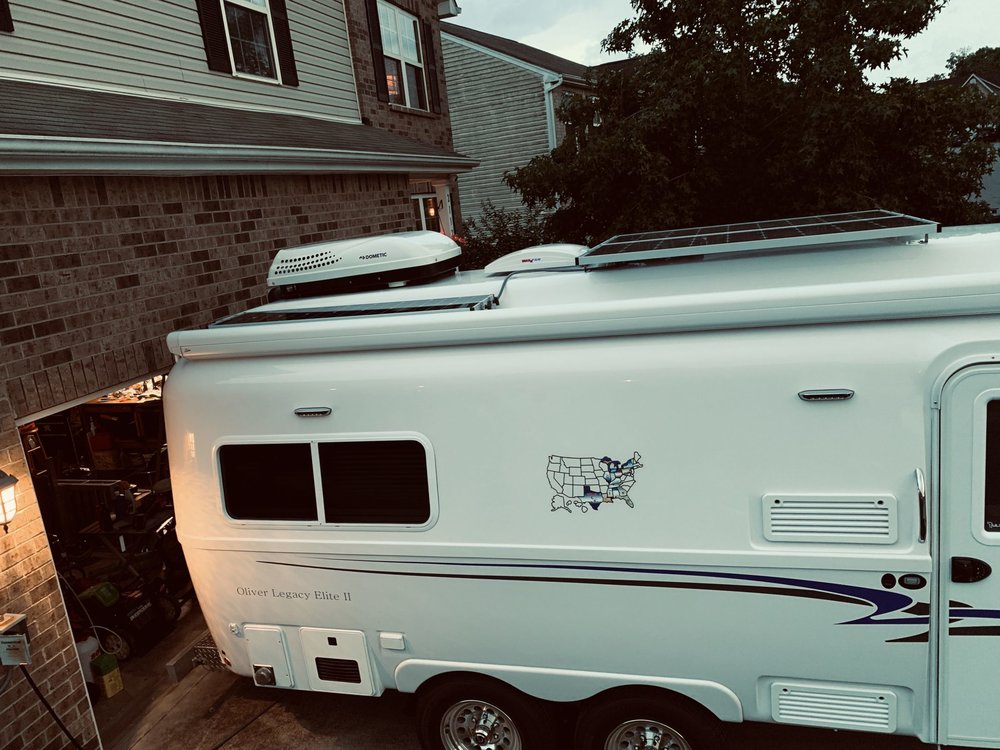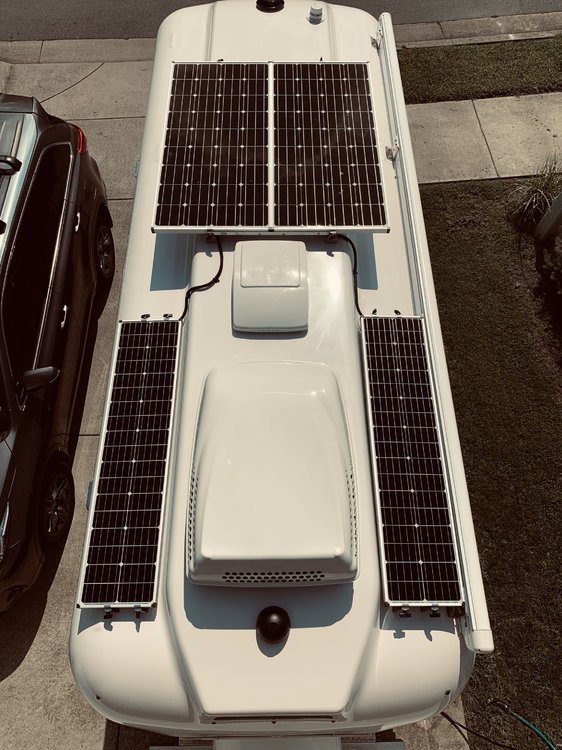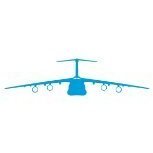Leaderboard
Popular Content
Showing content with the highest reputation on 11/02/2019 in all areas
-
2 points
-
Grease fluid leaking out of gun.... this is a normal situation, one that I hate, and a little leakage is nothing to worry about, but if there is a lot, you need to toss the grease and install a fresh new tube. The liquid oils tend to naturally and gradually separate out from the wax carrier; if you continue to lube with that leaky tube, you are getting more wax and less actual lubricant. With wheel bearings it doesn't really matter of the oils separate out since they are trapped inside the hub and will mix in the next time the wheel starts turning. For stationary suspension parts with no seals, oil separation is more worrisome... I think that is one reason for the recommended 3000 mile interval. Here is a long technical article, at the bottom is excellent info on the best way to store grease. High temperature, heat fluctuations and altitude changes are not recommended ;( Which makes it hard to carry in your trailer or TV... Cartridge tubes of grease should be stored upright at all times. If a cartridge tube is left in a grease gun, the grease gun should be depressurized, wiped with a clean cloth to remove any contaminants and stored in a horizontal position inside a clean, cool, dry area to keep the oil from bleeding out of the grease. https://www.machinerylubrication.com/Read/28761/storing-grease-to-avoid-bleed-separation- John Davies Spokane WA2 points
-
2 points
-
This is so easy..... I never understood why Oliver decided to mount my remote display underneath the street side mattress in the electronics compartment. After all, it is a "remote" so it should be installed in a remote location from the suppressor. Fortunately there is a good amount of slack in the cable. I chose to position it just in front of the street side bed and in an area that offers protection from bumps and bangs, yet will still allow me to see it without disassembling the bedding. Here is a shot from the same angle with the interior lights out, showing how the reflected light is blocked by the bed support: And this is a shot from the curbside bed (right next to the galley) - I can see the display by lifting my head up but normally the light will be blocked: I haven't tried sleeping yet with this arrangement. If the light is still bothersome, it would not be hard to temporarily put a piece of black tape over the display. I would have preferred it to be located close to the entry door, under the switch panel, but did not feel like buying extra cable and stringing it under the floor. This works fine. John Davies Spokane WA1 point
-
Finally got around to installing the Zamp 90 watt slender panels on the Oliver today. Very simple, just some heat shrink for the wire connections and putting the feet on the panels. I used the AmvSolar tall feet on the passenger side and the standard ones on the driver side and prepped with alcohol before applying the supplied VHB tape... seems to be very sturdy. Time will tell. Still have to tidy up the wires but a thunderstorm with lightning rolled in. The package Am Solar sells had everything included for the install except (2) Zamp SAE connections and a SAE Y-splitter. But they sell both on the website. For some reason they cut off the original SAE connector so you have to re-install one, maybe if you gave them advanced notice you could get one that has not been removed. Curious to see how much Amp hour difference stored tomorrow. From Am Solar: My install:1 point
-
Like a lot of people a year or so into ownership, I've been working lately on reducing the amount of stuff I carry - getting rid of things we never use and also finding strategies of making what we do carry lighter and more compact. I've also been working on a dedicated toolkit that would just stay in the truck permanently, so I don't have to worry about packing tools up and inevitably forgetting the one tool I need that trip. So what I've been after is, 1) a complete toolkit that has everything I might reasonably need for roadside or campsite repairs; 2) compact enough that it can be stored in the cab of the truck permanently, without being in the way; 3) can be stored in a way that still gives easy access when traveling; i.e., I don't have to completely unpack the truck to get to them; and 4) contains quality tools that can be relied upon. Certainly the easier solution is to ignore requirement #2 and just put a toolbox of some sort in the bed of the truck. I think that's perfectly fine; but personally, I'd rather keep them in the cab to protect them from moisture, trail dust, theft, and getting all scuffed up from being jostled around. Plus by keeping everything compact, I'm also forcing myself to keep the weight down. So in the following posts, I'm going to try to list all the tools I've placed in my kit, the reasons for choosing what I did, and then some ideas on how to best store them in your vehicle. The tools I've included are, as I said, what I think constitute a "reasonable" tool kit for repairs while traveling. "Reasonable", of course, is subjective. If you're the type who is likely to call Good Sam to change a flat tire (nothing wrong with that), then your "reasonable" might be limited to a few screwdrivers and a pair of pliers. On the other end of the spectrum, there are guys over on Expedition Portal who wouldn't go to the grocery store without a welder in their Jeep. And nothing wrong with that, either - to each his own. With that in mind, I'd like to think that my following posts are just a starting point for conversation. I'd love to know what others think about these choices - surely I've forgotten something, or one of you knows some better options or alternatives. With some additional voices, hopefully this thread can provide some guidance for new owners or others like me who are looking to pare down what they've been carrying. Fair warning, I do like nice tools, and have a thing for German tools in particular, so some of the stuff listed below is pricey. But I don't think that there's anything here for which you couldn't find a decently priced alternative, and arguably a better value. Or, you might be the guy who doesn't accept anything shy of Snap-On. Either way, buying all of these at once will put a good dent in your checkbook, even if you're shopping at Harbor Freight. So keep in mind that this isn't intended to be a "must have" list. Like I said, you probably don't "need" any of this. All you really need, in most situations, is a cell phone. But if you do decide to put together a toolkit of any size from scratch, I suggest you make an Amazon list and then set price alerts for each tool using 3 Camels (www.camelcamelcamel.com). That way you can buy at the lowest price and spread your purchases out over several months to make the cost seem more palatable. (I've also found after explaining that strategy to my wife, that when the packages arrive, she asks how much we saved vs complaining that I've bought yet another tool.). Actually, she does both, but I think there's less complaining than before.1 point
-
1 point
-
It's a yamaha motor, not a yamaha generator. That said, my sister has one. Bought it on sale. She and her husband have had it a year or so, and they're happy. Quite quiet. Inverter technology. It does not run her 13.5 btu ac, but her ac does not have an easy start. Whatever you buy, use nonethanol fuel, and leave nothing in the genset tank to "varnish" over the winter. We use the genset so little that the price difference for nonethanol is not a big deal. Sherry1 point
-
Sounds like you should have an easy time lubing the EZ Flex system. Going to order a new standard Alemite narrow hose coupler for the grease gun today. Mine is worn out after many years of use. My Tundra tow vehicle has 5 drive line grease fittings, older Tundras have more and new Tundras have none from what I've been reading. One of the Tundra's universals has limited space and prefer to use the small hose coupler for lubing. May need to buy a locking hose coupler for the equalizer grease fittings, will see how the new coupler works first. When on the road with Ollie, sometimes pass the recommended lube interval. Keep a grease gun in a small plastic tool box and lube on the road without getting under Ollie. When it gets hot grease will sometimes drip out of the grease gun, the box with paper towels in the bottom keeps it from making a mess. Heading to Virginia next week to pick up a used utility trailer, packing the grease gun box along with other tools just in case problems are found.1 point
-
Oh, also, @rideandfly, at least on my '19 the zerks are facing outwards. I replaced them all with 45s and 90s in addition to them facing out.1 point
-
Reading this topic gives me pause - a standing topic location where folks can post about upcoming trips and planned stops would be cool - invite others to join for informal get together. I suspect this happens on the down low anyways, I know we have done similar - Bixby and his human family have met us in several places, here there, and at home.1 point
-
Here's a photo with the pin grease fittings pointing outward: Made this grease gun stand out of 2X4s for another member with grease fittings pointing outward on his Ollie:1 point
-
Each forum member needs to do this themselves. From your picture on the upper right of the page, click to see the drop-down menu and select Account Settings. On the left side select Signature. Edit your signature and then click Save.1 point
-
1 point
-
Actually this is a matter of personal choice. In ten years of towing two different Oliver’s over 70,000 miles, our propane has never been off while under tow. Each owner needs to make their own decision as to which is best for them.1 point
-
Well, if you feel the need to have one readable from outside, put it in the battery compartment. Plug into shore power, if nothing happens, flip open the access door to see why.... Having it inside is not a big deal. There is a 10 second lag anyway as the unit analizes the incoming power and decides if it is OK, so you can look in the left window to see when your microwave display lights up, or wait for the audible kachunk of the relay. If neither of those happens you can go look at the inside display for an error code. I really like having a continuous visual monitor inside showing the amp load. When I am hooked up to say a 15 amp circuit, I can easily keep track of things like the box heater and converter and switch stuff off if needed. IMHO an outside display would be cool but a needless expense. There is no way I would put an electronic device outside down under the curve of the hull, it is vulnerable to rocks strikes and gets fire-hosed on wet roads. Having a constant blinking light outside would be a real irritant to a neighbor and a “Steal Me” sign to a thief. At delivery I found a generator plug in a drawer, it was needed for my Yamaha 2400 to connect. Or I could just bypass (turn off) the suppressor, but under generator power I REALLY want that amp display. John Davies Spokane WA1 point
-
Something to take into account if wiring the EMS for protection from the generator: Some generators (Honda, for instance) use a floating neutral and your EMS may interpret this as an open ground and not allow power to the Ollie. The fix is pretty simple and cheap, a 110 plug with the ground and neutral bonded together to let the EMS know everything is OK. The N-G plug is then plugged into an unused receptacle on the generator. I use it successfully (and safely) even with two Hondas in parallel. Only one generator needs to have the N-G bonded plug. See directions here: http://noshockzone.org/generator-ground-neutral-bonding/1 point
-
I wired my EMS to protect input from both the shore power and generator power. To that end, having the remote monitor located inside the cabin allows me to monitor the amps being drawn. It's surprisingly easy to exceed the generator output even without air conditioning. I even saw over 40 amps once while on shore power.1 point
-
I've got mine mounted on a hinged piece of Lexan in an overhead compartment. The light from that thing is pretty bright at night so I can swing it out of the way and close the overhead. No drilling required - just route the phone cord between the hulls to the overhead compartment.1 point
-
Recent Achievements





